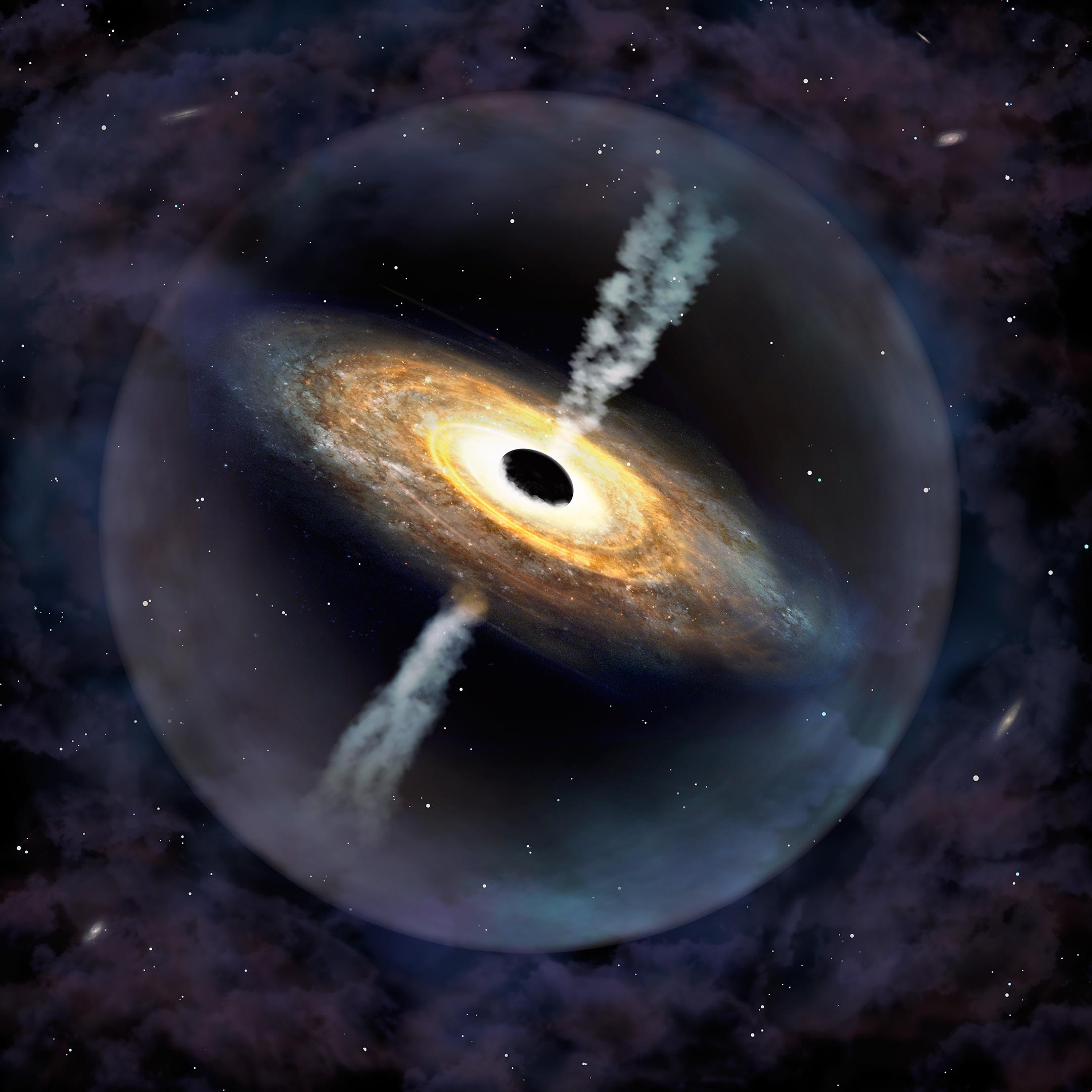

Ultimately, this image is a composite of the three efforts. They compared the three different images and found that they agreed to a high statistical threshold. The two other teams used two different astrophysical models to fill in the missing pixels. One team filled in the missing parts with mathematical algorithms, for example, that assume the image comes from point sources. The researchers reconstructed the image in three parallel efforts, says Broderick. Image Processing: The raw telescope data is missing parts of the image and requires image reconstruction to fill in the gaps. “It’s the telltale signature of the event horizon,” says Doeleman. Researchers refer to the boundary between the ring of light and the interior darkness the black hole’s shadow. The bright ring of light is the so-called photon orbit, where gravity is so strong that it bends light in closed paths around the black hole. Notable features: The light comes from gas, predominantly hydrogen, which orbits the black hole and emits radio waves. The researchers infer its orientation from the position of a jet that appears in X-ray images of the area and from models they have built and tested.

That is, the black hole rotates in the clockwise direction. Orientation: The image shows the black hole almost directly face-on: its angular momentum vector points into the page at an angle of 17 degrees, counterclockwise.


 0 kommentar(er)
0 kommentar(er)
